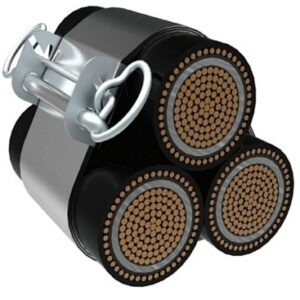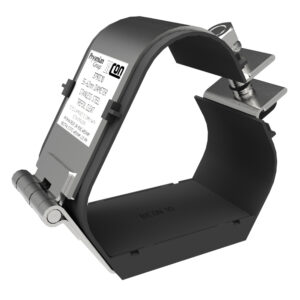Cable cleats are devices designed and tested to ensure the retention and support of cables, and have been used for many years all over the world.
It was not until 2003 with the emergence of the standard EN 50368, that any standard for cable cleats existed. This not only highlighted the retention and support that cable cleats provided to cables, but more importantly highlighted the protection of the cable management system and the potential risk to human life without the use of cable cleats. Prior to EN 50368 both cable and cable cleat manufacturers provided testing to their own standards.
This was then followed up with the publication of IEC 61914 in 2009 and superseded by a new standard in 2015 which further highlighted the importance of cable cleat products, and correct cable cleating.
IEC 61914 – Cable Cleat
‘Cable cleat’ according to IEC 61914 defined as: “A device designed to provide securing of cables when installed at intervals along the length of cables.”
“Note: A cable cleat is provided with a means of attachment to a mounting surface but does not rely on an unspecified mounting surface for the retention of the cables. Examples of mounting surfaces that may be specified are ladder, tray, strut, or rail, wire and beam. Where declared, cable cleats provide resistance to electromechanical forces.”
Active Filters
Filter By:
-
-
Category
-
-
-
Manufacturer
-
-
-
Price
-
-
-
Stock
-









